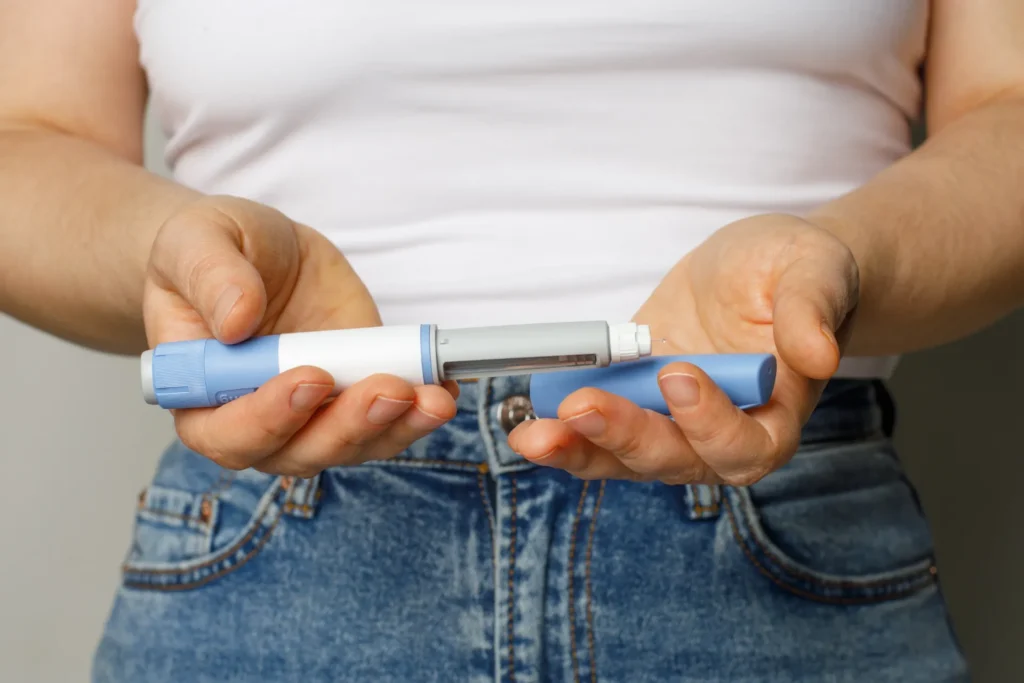PIR is an innovative medical process that uses insulin as a hormone to restore the body’s sensitivity to insulin. The therapy utilizes the micro-dosing of insulin to reestablish a normal cellular response to insulin. Insulin is the hormone that allows glucose in the bloodstream to enter each and every cell in the body. There are an estimated 37 trillion cells in the average size male, each with 20,000-200,000 insulin receptors per cell.
When a cell has an improved response to insulin, there is improved entry of blood sugar (glucose) into the body’s tissues and organs. The greater the intracellular glucose, the greater the amount of adenosine triphosphate (ATP) created to fuel the tissues and organs of the body. The greater the fuel in each cell, the more normal the function of the cells that make up the tissues and organs of the individual.

Currently, there are many classifications of insulin resistance, including diabetes mellitus type 2, multiple forms of metabolic syndrome, polycystic ovarian syndrome, chronic kidney disease, obesity-related insulin resistance, and age-associated sarcopenia. Individuals with diabetes mellitus Type II have insulin resistance ranging from mild to severe.
PIR is a distinctly unique method of augmentative therapy that addresses the underlying, fundamental physiologic condition, which is to restore the cell’s insulin receptor’s ability to respond to physiologic levels and periodicity of insulin in the bloodstream. This treatment method is best described as a bio-mimicry of the body’s natural insulin secretion patterns. In the normal individual who does not have, for example, diabetes mellitus, the pancreas naturally releases insulin every 4 to 8 minutes, and the receptors on the cells respond appropriately, allowing glucose in the bloodstream to enter the cell and blood sugar levels to return to homeostatic levels. In an individual with insulin resistance, insulin receptors have been exposed to constantly elevated levels of insulin and or elevated blood sugar levels, causing the insulin receptors to not function and preventing the blood sugar from entering the cell. The PIR process uses an FDA approved pump to provide migrated dosing or physiologic quantities of insulin into the bloodstream
Eligibility for PIR:
- Pre-diabetes.
- Diabetes.
- Hypertension
- Poorly controlled blood sugars.
- Neuropathy.
- Obesity.
- Nephropathy.
- Chronic inflammation.
- Retinopathy.
- Fatty Liver (hepatic steatosis).
- Erectile dysfunction.
- Poor wound healing.
